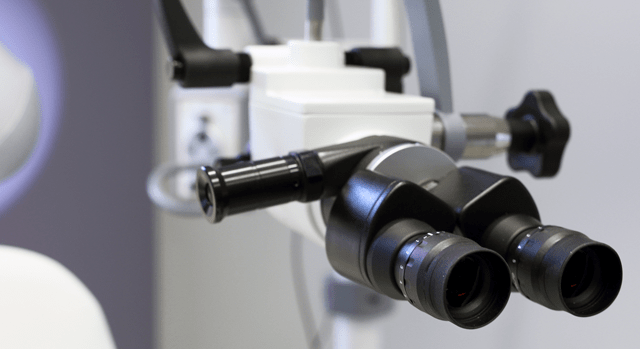Diagnosing Conditions Using Endoscopic Procedures
Endoscopy is a procedure that allows doctors to look inside your body through the use of an endoscope. The scopes have a small camera attached to the end of a long, thin tube. The physician uses the scope to see inside the body.
There are various types of endoscopy, including:
- Bronchoscopy
- Colonoscopy and sigmoidoscopy
- Cystoscopy and ureteroscopy
- Laparoscopy abdomen or pelvis
- Upper gastrointestinal (GI) endoscopy
These procedures are different than imaging tests such as X-rays and CT scans, which create pictures of the inside of the body without putting instrument into it. There are also various types of endoscopes, depending on what part of the body is being examined.
Find a Doctor
To find a doctor that's right for you, call the South Texas Health System Reserve and Learn line at 800-879-1033.
Bronchoscopy
Bronchoscopy procedures are used to find the cause of a lung problem. They can show a tumor, signs of infection, excess mucus in the airways or something blocking the airway. A stent can also be inserted during a bronchoscopy.
Colonoscopy
Colonoscopy is a procedure used to see inside the colon and rectum. Colonoscopy can detect inflamed tissue, ulcers and abnormal growths. The procedure is used to look for early signs of colorectal cancer and can help doctors diagnose unexplained changes in bowel habits, abdominal pain, bleeding from the anus and weight loss.
Cystoscopy
A cystoscopy is an examination of the inside of the bladder and urethra, the tube that carries urine from the bladder to the outside of the body. During a cystoscopy, a doctor may look urinary conditions including urinary tract infections, blood in the urine, a frequent urge to urinate and kidney stones.
Laparoscopy
Acute and chronic abdominal pain can be diagnosed through the use of laparoscopy. Laparoscopy can identify many causes of abdominal pain including appendicitis, pelvic infections and abdominal bleeding. Surgeons can often diagnose the cause of abdominal pain and also correct the problem during the same procedure.
Upper Gastrointestinal Endoscopy
An endoscopy of the upper gastrointestinal (GI) tract, including the esophagus, stomach and duodenum, can detect ulcers, precancerous conditions, bowel obstruction and hiatal hernia. Upper GI endoscopy can also be used to determine the cause of abdominal pain, vomiting, swallowing difficulties, gastric reflux, unexplained weight loss and bleeding in the upper GI tract.
Find a Doctor
To find a doctor that's right for you, call the South Texas Health System Reserve and Learn line at 800-879-1033.

